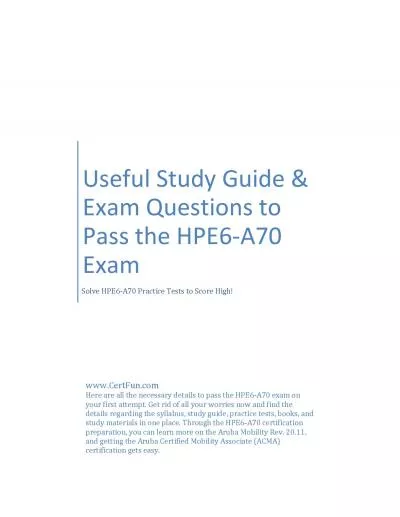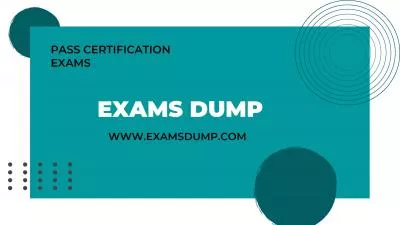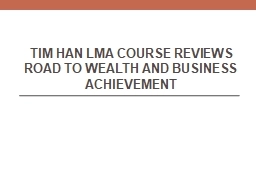PPT-End of Course Study Guide
Author : kittie-lecroy | Published Date : 2019-11-22
End of Course Study Guide The New Science Starter January 2017 Directions I will provide you with a book for your questions Use a sheet of paper until you get your
Presentation Embed Code
Download Presentation
Download Presentation The PPT/PDF document "End of Course Study Guide" is the property of its rightful owner. Permission is granted to download and print the materials on this website for personal, non-commercial use only, and to display it on your personal computer provided you do not modify the materials and that you retain all copyright notices contained in the materials. By downloading content from our website, you accept the terms of this agreement.
End of Course Study Guide: Transcript
Download Rules Of Document
"End of Course Study Guide"The content belongs to its owner. You may download and print it for personal use, without modification, and keep all copyright notices. By downloading, you agree to these terms.
Related Documents

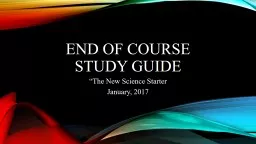
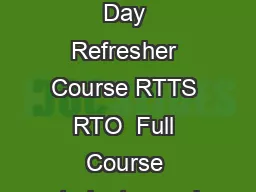

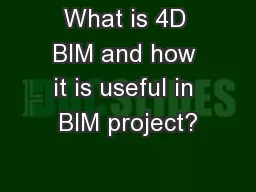
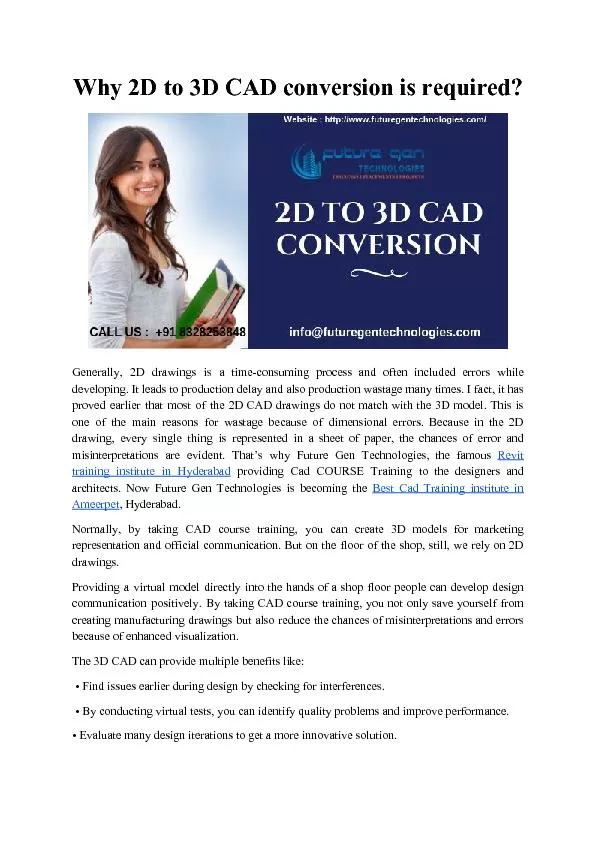
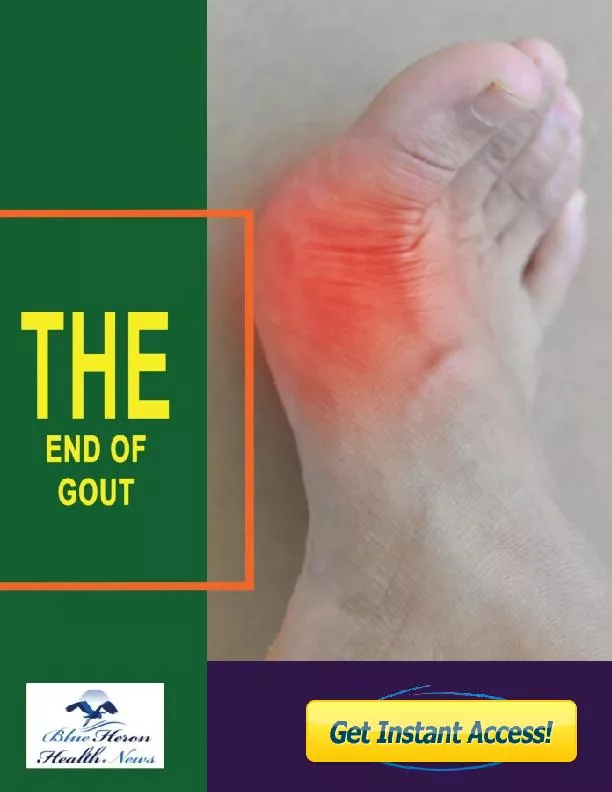
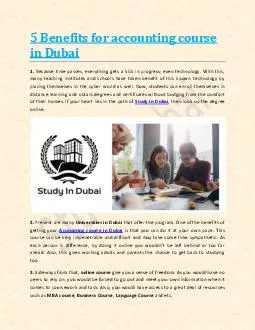
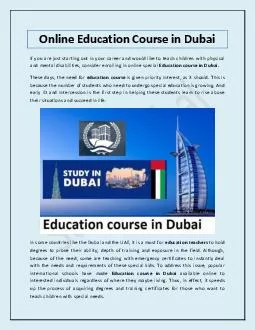
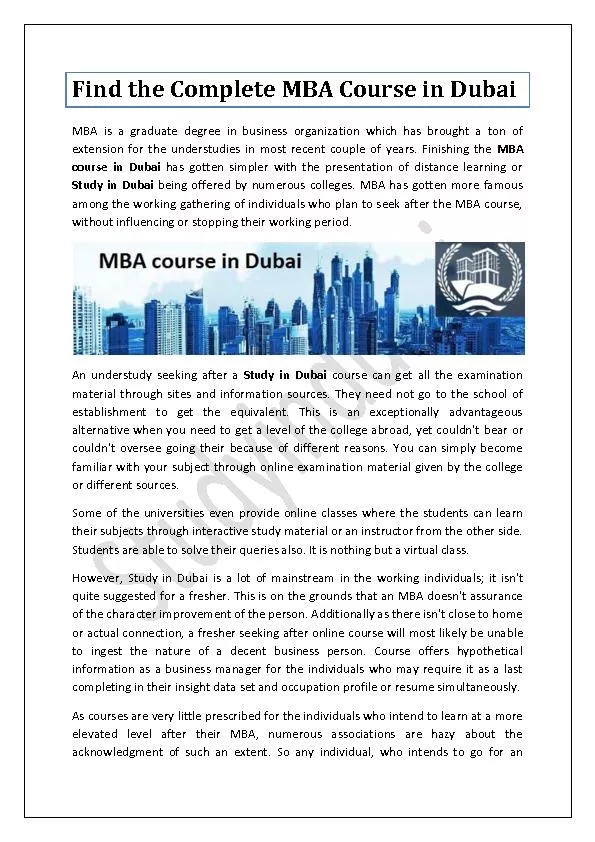
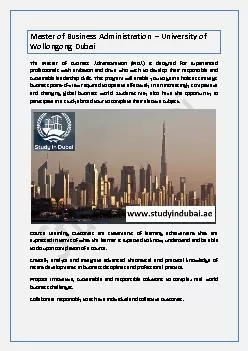
![[READ]-Fortran Crash Course + Hacking + Android Crash Course + Python Crash Course + XML](https://thumbs.docslides.com/972403/read-fortran-crash-course-hacking-android-crash-course-python-crash-course-xml-crash-course-hacking-xml-python-android-book-2.jpg)
